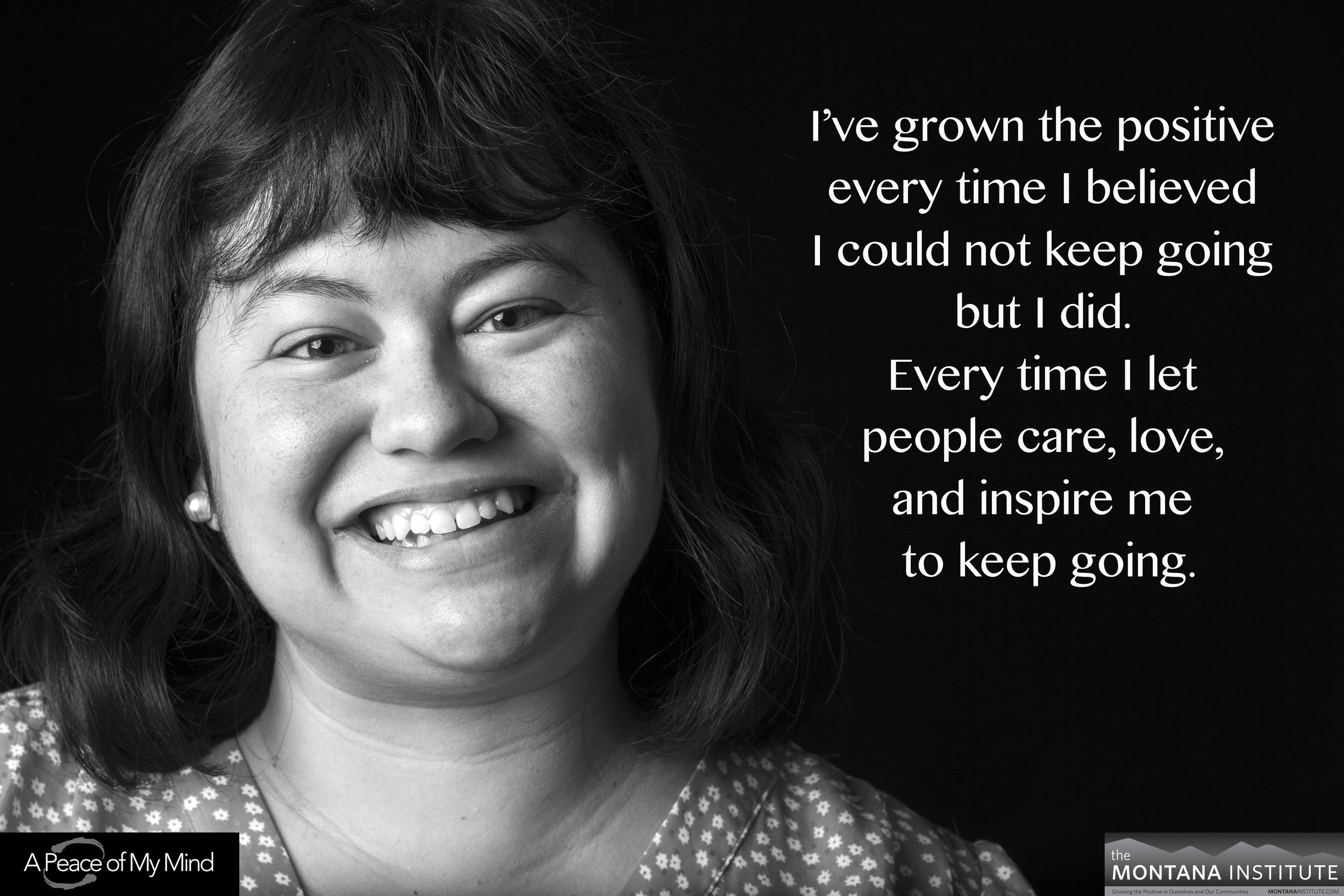Do you remember where you were on April 26, 1986? I do. I had just finished my Master’s Degree in Counseling and was taking a few months to travel across Europe. I woke up that morning in Venice, Italy to the news of the nuclear disaster in Chernobyl. For the rest of my trip I read the paper every day to see which way the wind was blowing – and decide which areas to avoid.
As I continued my travels, the International Nuclear Safety Group began meeting to determine the underlying causes of this tragic event. Unbeknownst to me and the rest of the world, they were studying more than the meltdown of a nuclear reactor. They were examining another hidden risk factor: the norms, attitudes, and behaviors that created disastrously dangerous human safety conditions. The INSG coined the term “Safety Culture,” and with those two words began a new era of health and safety research.
Over the next three decades, my early interest in treating people on an individual level expanded into a focus on larger communities, and eventually encompassed the role of norms, perceptions, and misperceptions in creating Safety Cultures. I went from working with single clients, to working with university undergraduates, to creating community and statewide campaigns that worked across an entire social ecology. After founding a university center on health and safety culture, I now work full time with The Montana Institute, innovating ways to build strong cultures of health, safety, and caring using Positive Community Norms and the Science of the Positive.
Recently my work has expanded into new fields, including sexual violence prevention and child maltreatment prevention, and I am energized to find more ways that culture itself can act as a protective factor that reduces dangerous behaviors and increases positive ones. A key theme is that the positive exists in every culture, organization, tribe, community, and school. The Science of the Positive and Positive Community Norms can be used to cultivate the conditions for this positive to emerge, expand, and create healthy safety cultures.


























